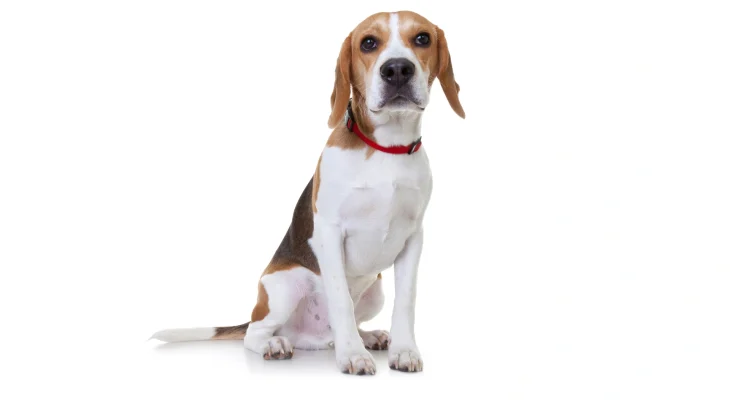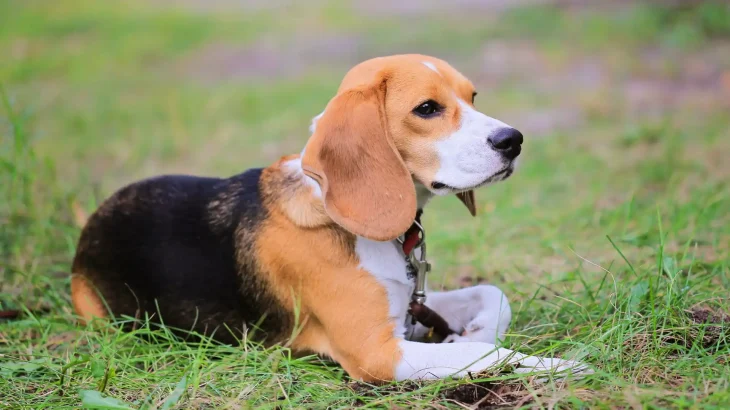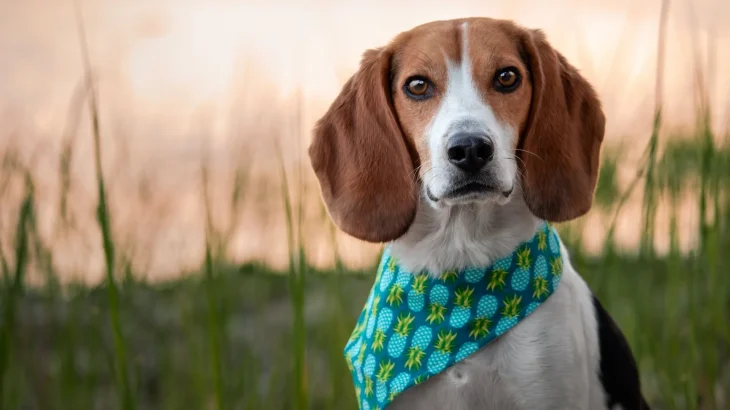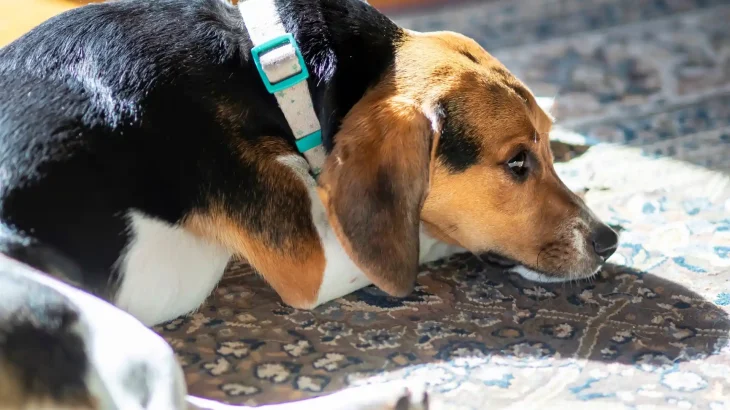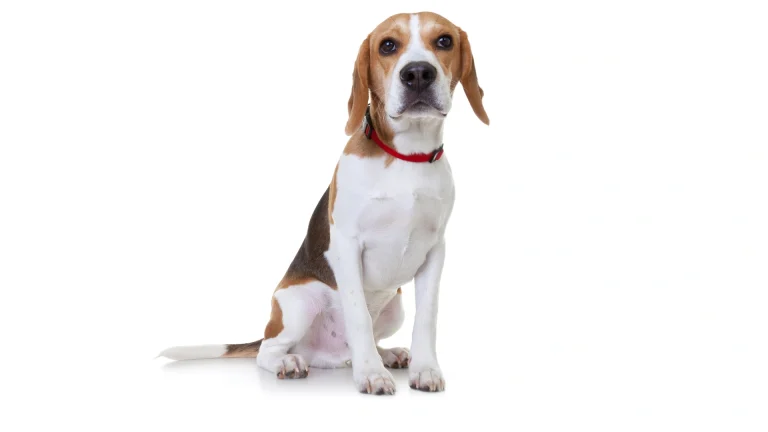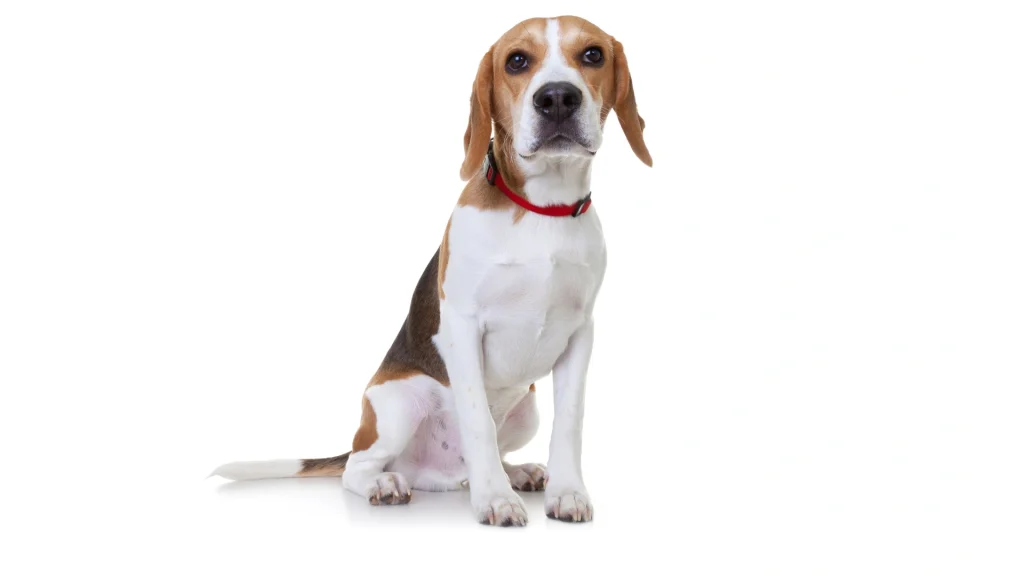Deciding whether to adopt or purchase a Beagle Harrier puppy involves weighing factors like cost, health transparency, and ethical considerations. While breeders often provide detailed lineage and health history, adoption offers a chance to give a home to a dog in need and can be more budget-friendly. Each option has its clear benefits depending on what matters most to you.
Adoption vs. Breeder: Pros & Cons
| Criteria | Buying from Breeder | Adopting from Shelter/Rescue |
|---|---|---|
| Cost | Typically higher; breeding Beagle Harriers can be costly due to breed rarity and lineage verification. | Usually lower adoption fees, making it more affordable to bring a puppy home. |
| Health History | Comprehensive health records and genetic screening often provided by reputable breeders. | Health background can be uncertain; shelters perform general health checks but may not have detailed history. |
| Age Availability | Primarily puppies available, ideal for raising from an early age. | Varies widely; puppies may be less common and ages can include older dogs. |
| Temperament Insight | Breeders can share insights based on lineage and parental traits. | Shelter staff provide observations but full behavioral background might be limited. |
| Supporting Practices | Supports breeders dedicated to maintaining breed standards and health. | Supports animal welfare by rescuing dogs in need and reducing shelter populations. |
| Ethical Considerations | Important to choose ethical breeders to avoid contributing to puppy mills. | Helps address pet overpopulation and gives dogs a second chance at a happy home. |

